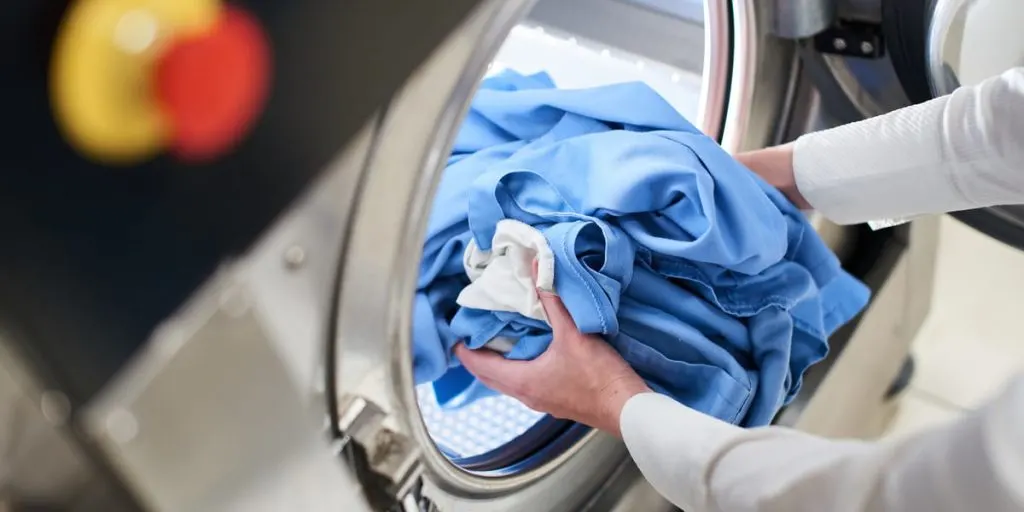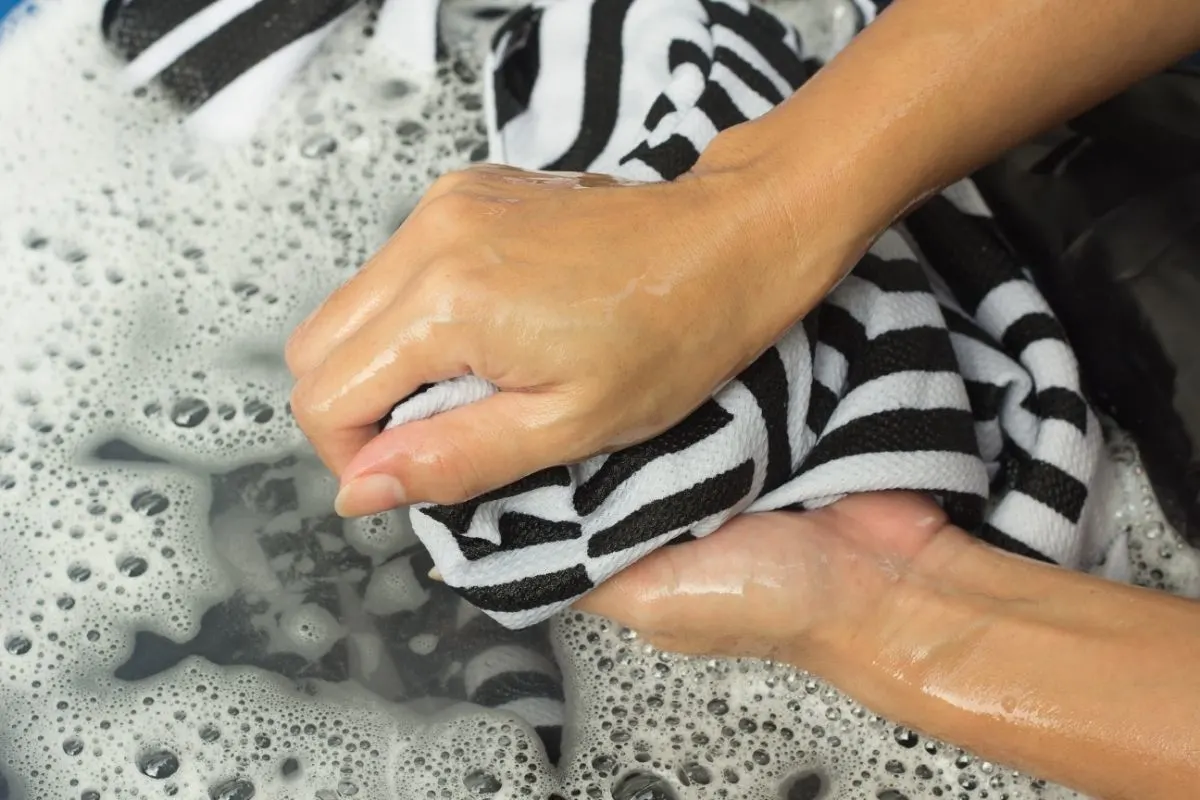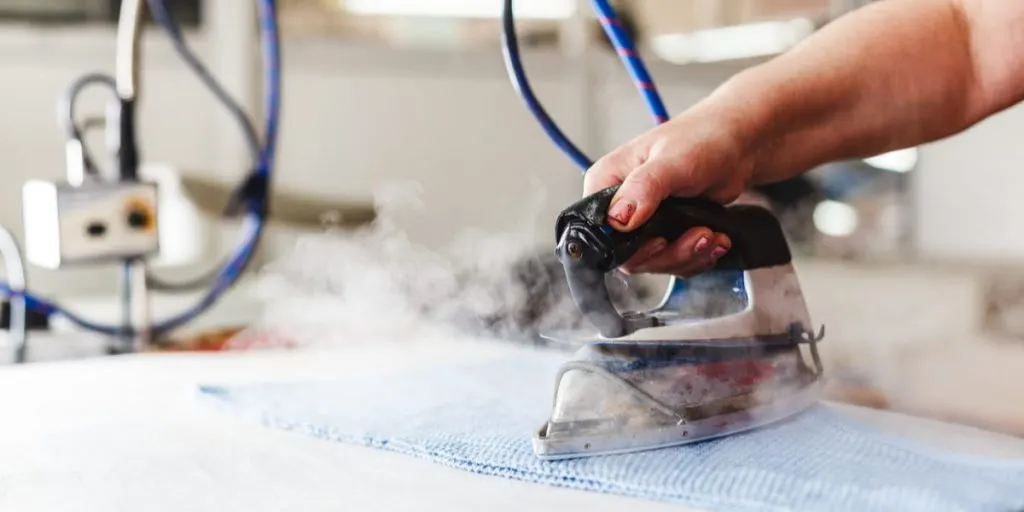How often should I wash my vintage clothes? What kind of detergent should I use? How long does washing take? These questions might seem simple, but they are important to get right.
Clothes are expensive, especially if you want them to last longer. Washing your clothes properly can extend their lifespan. If you don’t know how to wash your clothes, you may be wasting time and money.
There are three main methods of washing your clothes: machine washing, handwashing, and dry cleaning. Each method has its pros and cons, so it’s up to you to decide which one suits your lifestyle best.

Before we start, let’s talk about what makes a good washing machine. A good washing machine will have the following features:
A large capacity – The more space in your washer, the better. This means that you won’t need to do multiple loads of laundry at once.
An automatic cycle selector – You shouldn’t have to worry about choosing between delicate or regular cycles. Your washing machine should automatically select the most suitable cycle for your clothing.
A timer – Setting a timer is convenient because it allows you to avoid having to keep checking on the washing machine every few minutes.
A removable basket – It’s easy to clean out your washing machine when there’s no basket.
If you’re looking for an affordable way to save money, consider buying second-hand clothes instead of new ones. Buying used clothing is cheaper than buying new because the price includes all the wear and tear from previous owners.
You can also find cheap clothes online. There are many websites where you can buy used clothes. You just need to search for “second-hand clothes” or “used clothes” online.
If you’re not sure which method to use, you can always ask someone else to check. Ask a friend or family member who knows your style well. They can help you choose the best washing methods for your clothes.
Now that you know how to wash your own clothes, let’s move on to other things, like how often you should wash your clothes.
The answer depends on several factors, including the type of fabric, the amount of dirt, and the temperature of the water.

Washing Vintage Clothing
When you buy vintage clothes, you’re getting a piece of our long-founded history. You’re also getting an item that has been worn by someone else before you.
That means it’s imperfect and could be damaged or stained. But that’s part of the charm. You’ll want to know how to clean and care for different kinds of vintage clothing, such as wool, silk, cotton, etc.
Garments made before the early 70s might be difficult to take care of because there aren’t any tags. These garments were made before the introduction of the care tag. People removed them for comfort or aesthetic reasons.
Older garments require more care than new ones. Fabrics that were stored incorrectly can become brittle and pull apart easily.
How to Machine Wash Vintage Clothes
Vintage clothes should be washed by hand. Machine washing is okay, but avoid using detergent. Don’t use bleach. Separate colors of clothing. Don’t let socks touch your clean clothes.
Fabrics like polyester, nylon, spandex, and most synthetics were actually created because they can be machine washed easily and won’t be damaged by machinery, unlike many vintage fabrics.

How Do I Hand-Wash Vintage Clothes?
To wash clothes, use hot water first to dissolve detergent. Then add cold or warm water according to fabrics and colors.
Use a white cloth to wipe down the sink, tub, and basin. Start with reasonably hot water, then make sure to add colder or warmer water, factoring in the quality of the fabric.
Squeeze out excess water after each rinse. Make sure to check them for bleeding or shrinkage.
Next, drain the water from the sink and press out any extra water from the garment gently. Also, gently lift the garment using the whole weight, not just by using one part, because this could stress delicate areas or seams.
Fill the sink again. Simply repeat this process until the water stays clear without suds. Gently squeeze out any extra water. Hang or lay as flat as possible to dry.
Hand washing silk requires care using a mild soap and water solution. You can also use a dryer in a low heat setting. Do not put your silk items in the dryer on high temperature as this may cause damage to the fabric.
Handwashing is recommended because it’s gentler on the fabric than machine washing.
You should always test an item before washing it. If you see any stains, test wash a bit of the item first. Then rinse it out with cold water. Don’t let the item soak in cold water. This could make your clothes shrink.
You should treat your clothes gently because they are expensive. You could damage them by using harsh chemicals or exposing them to heat. Vintage clothes shouldn’t be exposed to sunlight when you are not wearing them.
Once you know how to clean a garment, you won’t need to worry about washing it. You can also store it in a separate place until you’re ready to wear it again.
Tips
Make sure that all your buttons, zippers, and other fasteners are closed and secure prior to you washing your clothes. Hidden seams should be tested for durability in water before submerging the full item.
Be aware of color leaching from the fabric and take steps to prevent washing the color out of the garment. And remember to check for puckering in areas you’re washing.
Garments should always be inspected before washing. Heat could set stains, and if an area cannot specifically be cleaned as such, you can try using a fine mist of vodka to clean the garment.
Vintage pieces should be washed by hand in a mild detergent. Place a quarter cup of vinegar into the water when you wash. Use a spray bottle to add some extra deodorizing power to specific areas.

When in Doubt: Take Them to the Dry Cleaners
Dry cleaners can be expensive, but they’re worth it. When you get your clothes cleaned, make sure you sign off responsibility for any damage. You may want to go to a more expensive place with more specific services than the local cleaners.
Try out some different places until you find the right fit for you. Take fur items to a fur cleaner for special cleaning. If you’re dealing with leather shoes, seek a professional specializing in leather cleaning.
Suits and coats are better left to professionals. Find a reliable dry cleaner for suits and outerwear, as they must handle delicate items.
Tell them about the item being vintage, so they take extra care when washing it. As a vintage shopper, it is important to know how to care for your clothes.
You can extend the life of your garments for as long as possible by washing them regularly and hanging them properly.
Dry cleaners can also be clean and safe places for people to store their valuable possessions. Dry cleaners should be able to spot stains, and they should be able to wash and press vintage items gently.
Dry cleaners should also offer insurance policies for damaged items.
Final Thoughts
If you have questions about caring for your clothing, ask someone who knows what they’re doing. Ask friends and family members who’ve been through this process.
Other than that, just be aware of the type of garment you’re working with and what it needs to maintain its wonderful exterior as it has up until today. Vintage clothing is fun and delightful but should be protected.
